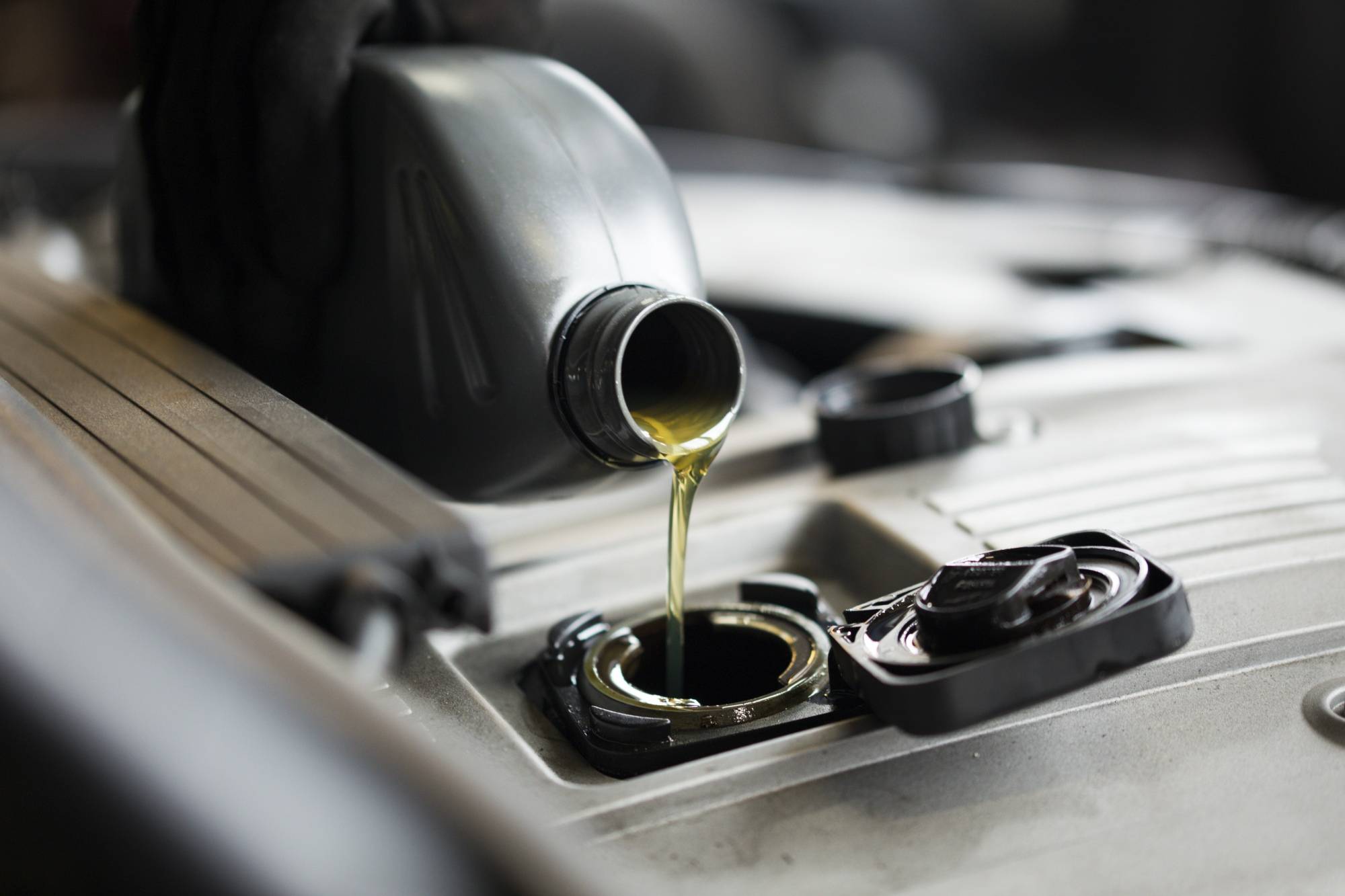 14 Feb 2024
14 Feb 2024The sheer brilliance of car engine design from days gone by was truly impressive.
Back then, numerous components inside the car had to move and rotate in perfect time and symmetry to ensure flawless engine operation. Chains and belts acted as bridges, connecting integral parts of the engine to others. This was crucial because, for the engine to achieve optimal functionality, crankshafts and camshafts required precise rotational intervals, a function seamlessly enabled by the chains and belts.
The history of camchains and cambelts is closely tied to the evolution of internal combustion engines and automotive engineering in past eras.
Early Engine Designs (Early 20th Century):
- In the early days of internal combustion engines, timing mechanisms were basic.
- Gears were the initial choice to link the crankshaft and camshaft directly, synchronising shaft rotations in combustion engines.
- These timing gears required precise machining, were noisy, prone to wear, and lacked the flexibility needed in engine design leading to the development of quieter and more flexible timing chains.
- Car engine design underwent a significant transformation, incorporating crankshaft sprockets with teeth enabling attachment with the timing chain.
- Timing chains are housed within the engine and receive lubrication from engine oil and can last a long time.
- Timing chains, although solid and durable, were also expensive to mould since they consisted of metal.
- Cambelts, also known as timing belts, are usually made of rubber, reinforced with durable materials like nylon or Kevlar.
- They tend to have lower vibrations, offer quieter operation and reduced weight compared to timing chains.
- Cambelts gained popularity due to their lower cost, ease of installation, and smoother operation. However, they require periodic replacement as part of regular maintenance.
- Innovations in tooth profile design enhanced the engagement between the cambelt and pulleys, reducing the risk of slippage and improving overall reliability.
- With advancements in materials and engineering, some modern cambelts have longer replacement intervals compared to older designs.
- Chain systems have undergone significant improvement, focusing on reducing vibrations and noise levels.
- Manufacturers have introduced innovative tensioning systems, including oil pressure and spring-loaded tensioners, to maintain chain tautness and minimise noise.
- Camchains are less prone to stretching and breaking compared to timing belts. In powerful vehicles where engine performance is critical, the reliability of camchains is highly valued to ensure consistent and uninterrupted operation.
- In modern automotive engineering, both cambelts and camchains are used across various engine designs and configurations.
- Some vehicles are equipped with diagnostic features that alert drivers via dashboard warnings if the camshaft and crankshaft need attention.
- Cambelts are often found in smaller, less powerful engines where cost and weight savings are priorities.
- In powerful vehicles where engine tuning and modifications are common, camchains offer greater flexibility and adaptability to accommodate changes in camshaft profiles and timing adjustments, optimising engine performance and responsiveness.
Emergence of Timing Chains (Invented 1940s – Manufactured 1950’s):
Introduction of Cambelts (Invented 1950s – Manufactured 1960’s):
Advancements in Cambelt Technology (Late 20th Century):
Camchain Resurgence (late 1990’s):
Modern Applications (21st Century):
Overall, the history of camchains and cambelts reflects the ongoing pursuit of engine efficiency, reliability, and performance in the automotive industry. Advances in materials and manufacturing techniques continue to shape the design and implementation of timing systems in internal combustion engines.
Here at SD European, we understand that maintenance is an inevitable aspect of European vehicle ownership. If you have any inquiries regarding the condition of your car's cambelt or camchain, we're here to assist you.
Contact us
Read more about The Importance of changing your Cambelt on time.


